At the trade fair, TDK will be showcasing a highly integrated thermal management unit, which is increasingly being used in modern electric vehicles. Controlling temperature, pressure, and flow rate is not an end in itself, but an essential component of an energy-efficient vehicle.
Given the limited range and high cost of battery capacity, it is crucial to use all available energy with as little loss as possible. Thermal management has a dual function here: it ensures that the occupants are kept at a comfortable temperature while protecting key components such as the motor, battery, and converter from thermal overload or inefficient operation.
The system uses a variety of different media that interact in several circuits: air for interior climate control, oil for lubricating and cooling mechanical components, refrigerant for high-performance heat exchangers, and a water-glycol mixture as the primary cooling medium for battery-electric drives. Each medium has its own requirements in terms of control behavior, temperature limits, and compatibility.
The challenge lies in precisely controlling these thermodynamic processes via a networked system of pumps, valves, and sensors. The sensors used record the relevant operating parameters in real time, while the actuators respond to control commands—for example, to adjust the volume flow of a coolant or move a valve to a defined position.
A key objective is to prevent waste heat from being released unused into the environment, but rather to transfer it within the vehicle in a targeted manner. For example, excess heat from the power electronics can be used to preheat the battery at low outside temperatures – a process that not only increases longevity but also charging efficiency.
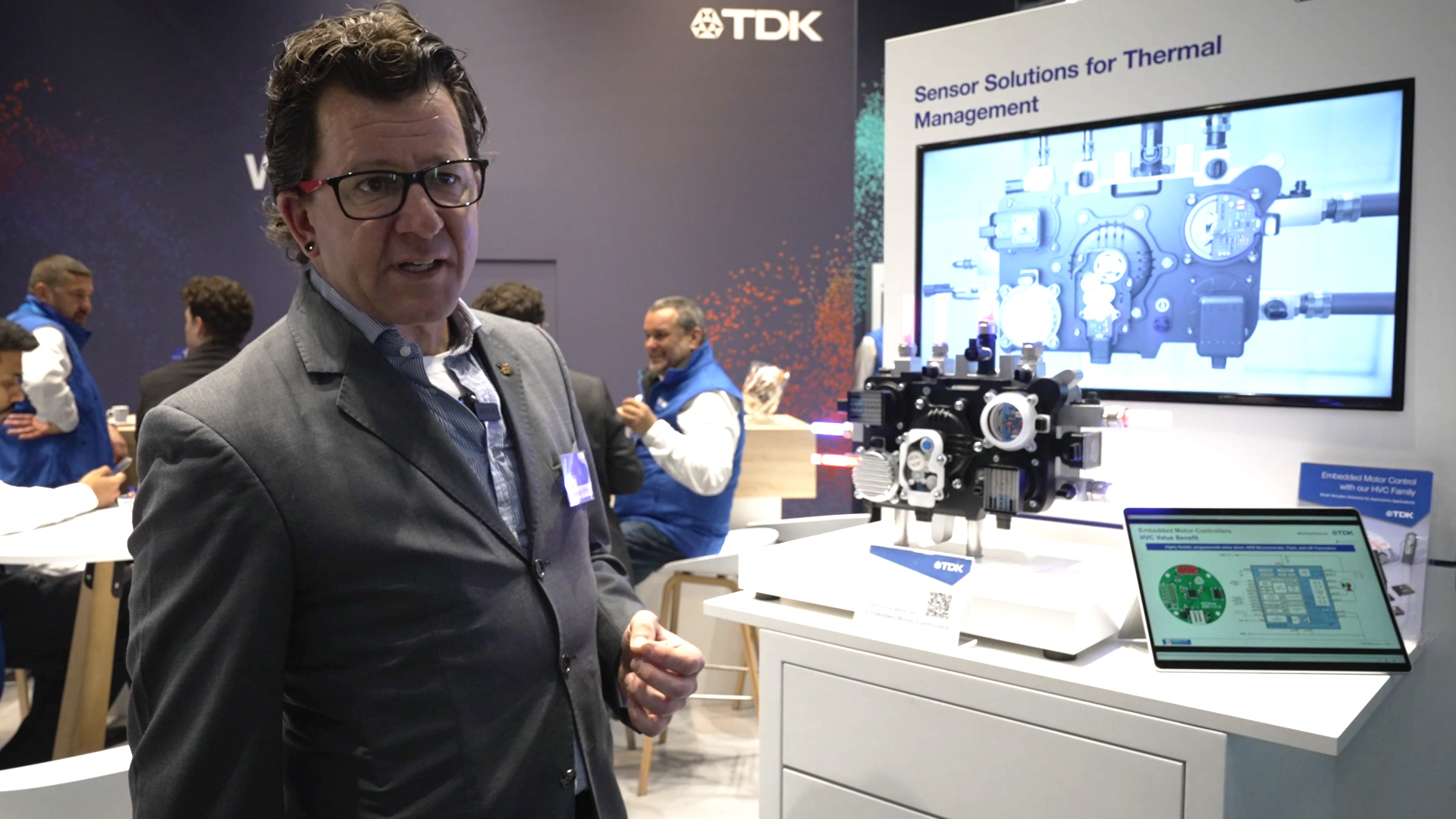
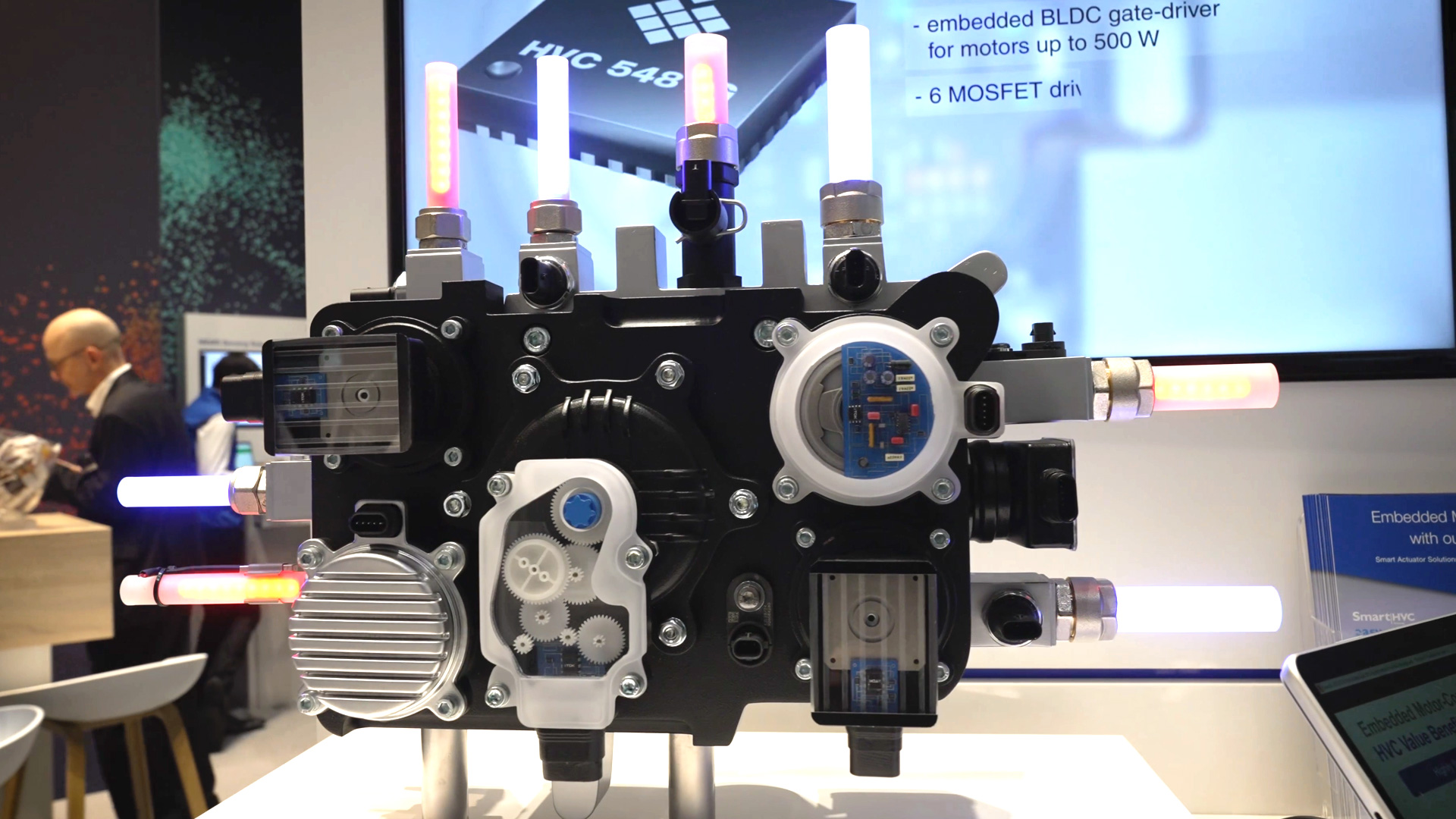
Precise control is achieved via a closed control loop based on sensor data for temperature, pressure, and volume flow. For example, if the battery needs to be preconditioned, heat is extracted from elsewhere, routed through the system, and fed to the storage unit in a targeted manner. The required control variables are provided by a sensor network consisting of temperature and pressure sensors as well as position sensors that detect the position of valves and thus confirm the volume flow.
Data integration is becoming increasingly important as the architecture of modern vehicles changes. In the past, each function had its own control unit, but today several functions are bundled in a central control computer. For sensor technology, this means not only new interfaces, but also the need to provide data in exactly the format expected by the central control unit.
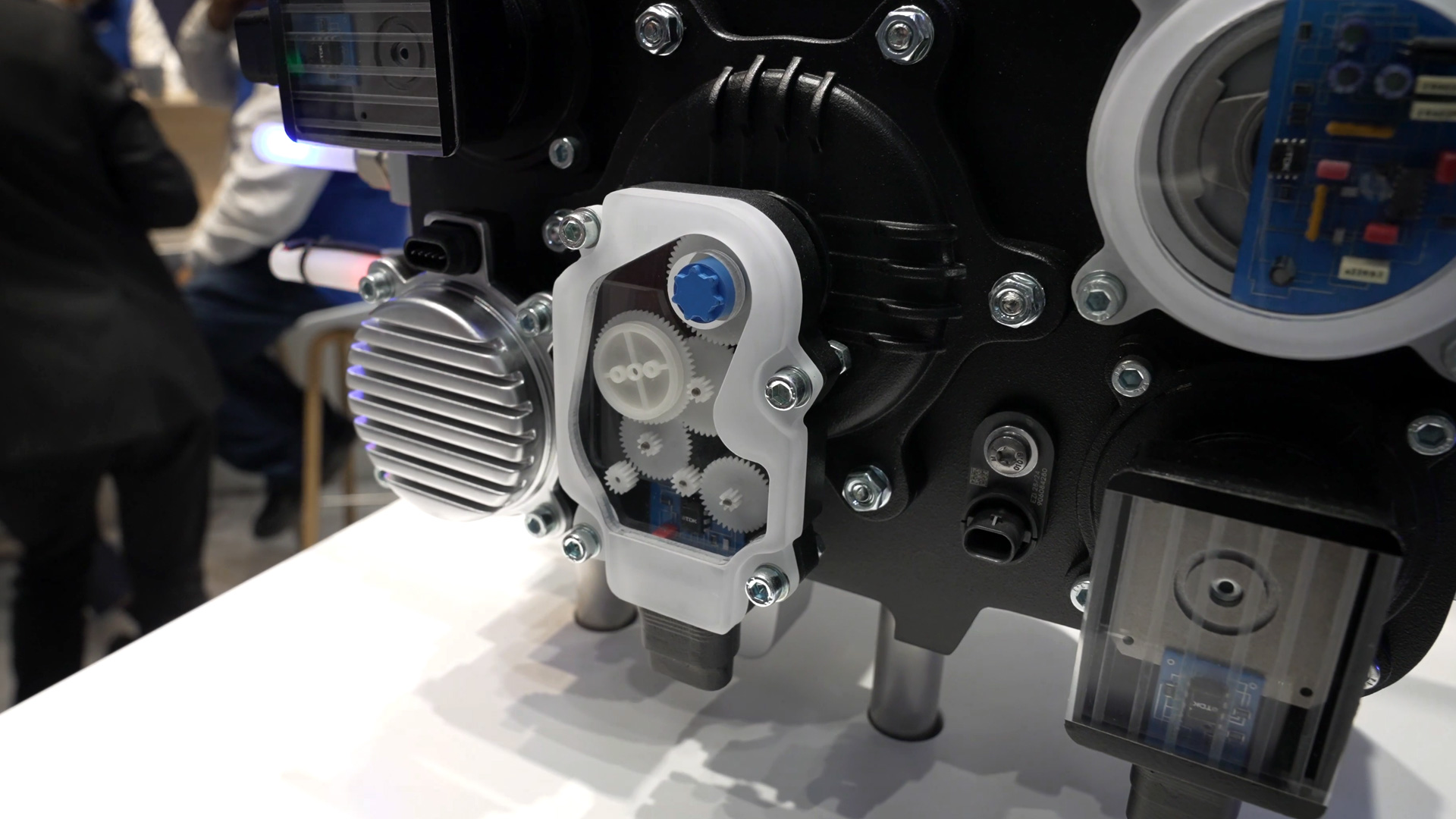
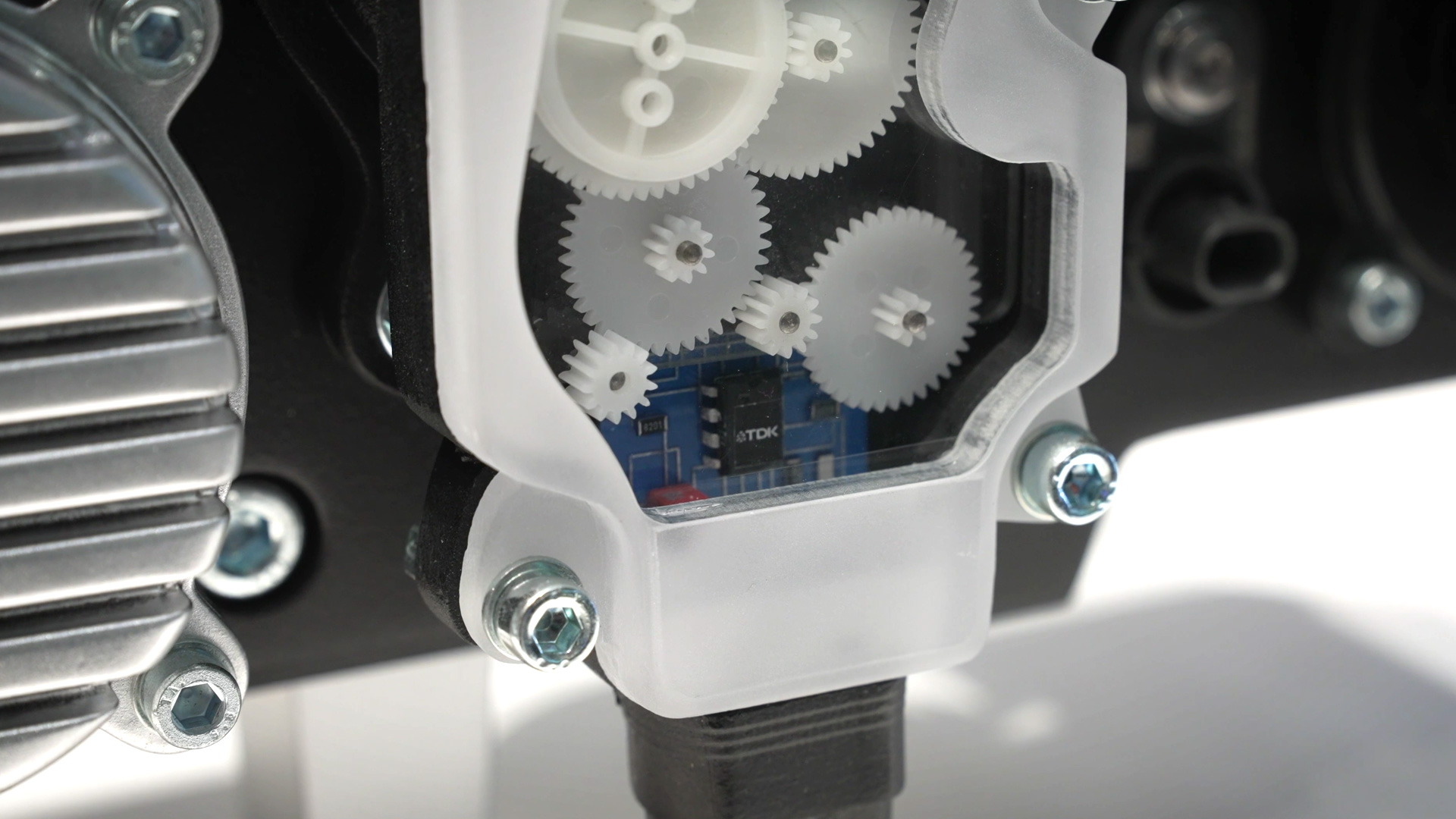
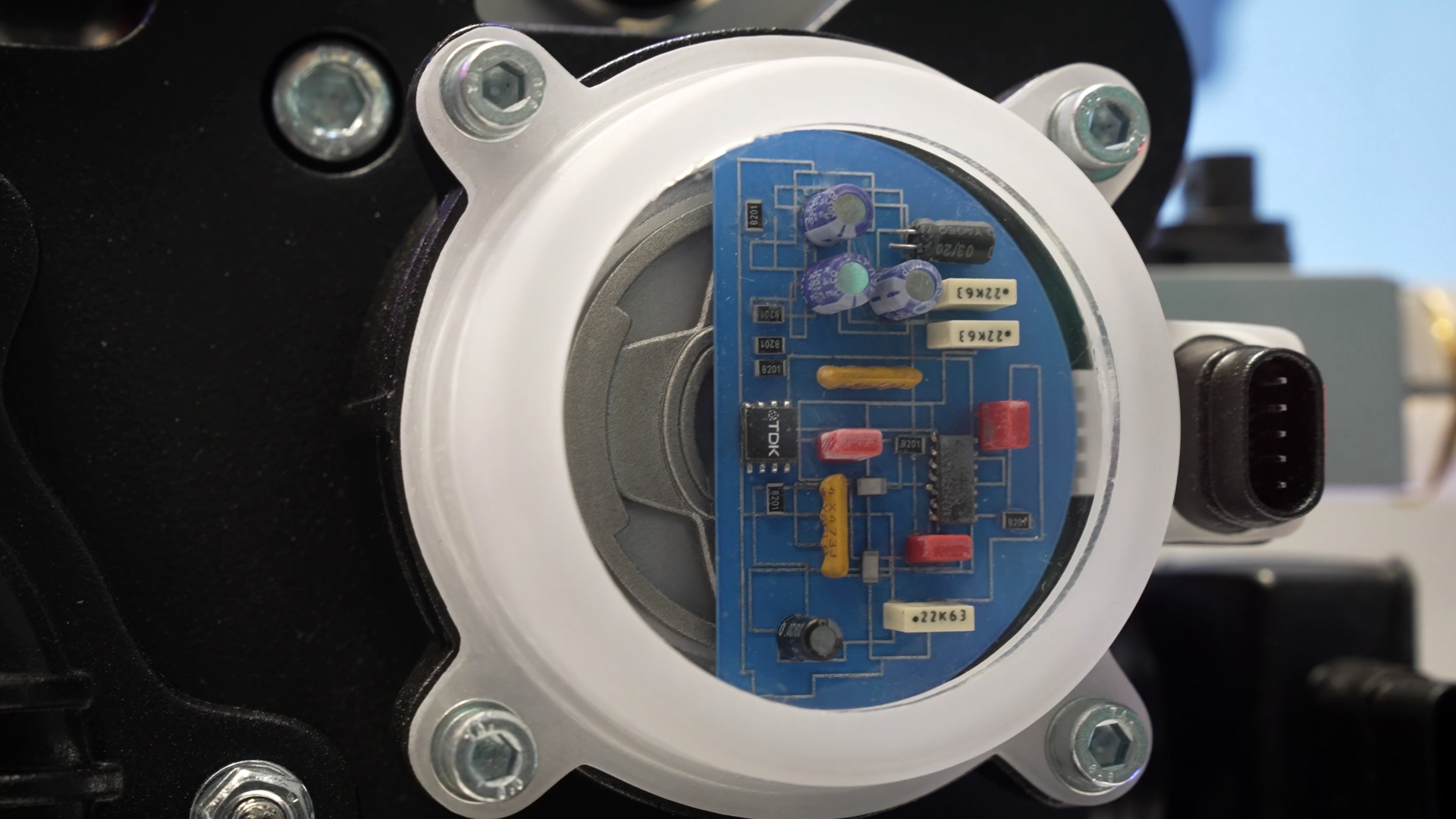
TDK is working intensively on this issue and ensures that all recorded values are compatible with the respective control systems in terms of sampling rate, resolution, and signal structure. This is the only way to develop systems that not only measure precisely but can also be controlled directly—a prerequisite for the efficient control of complex thermal circuits.
Even though modern vehicles are increasingly relying on alternative media, the water-glycol mixture remains indispensable in its function as a heat exchanger. It enables effective temperature transfer to both air-cooled and liquid-cooled components. In practice, for example, engine oil, which heats up significantly during operation, is tempered by a heat exchanger using the coolant before the heat is transferred to an air-cooled radiator.
Direct heat exchange between oil and air would be inefficient. The water-based coolant thus acts as an intermediary medium between the heat source and the environment – a principle that has proven itself in automotive engineering and will remain central in the future. In conjunction with robust temperature sensors, reliable control is possible even at extreme temperature peaks well above 100 degrees Celsius.
The sensors and actuators used must function reliably under the sometimes extreme conditions in vehicles. The AEC-Q100 standard defines strict requirements for this, particularly with regard to temperature resistance. Relevant sensors in thermal management must be designed to withstand ambient temperatures of at least 150 degrees Celsius in accordance with this standard.
TDK meets these requirements with Class 0 systems and also offers specialized sensor technology that continues to operate reliably even under point loads. This thermal resilience is particularly important for sensors that come into contact with media, such as those used directly in the cooling circuit. It is the only way to ensure reliable operation even in high-load situations such as steep starts, fast charging processes, or extreme outside temperatures.